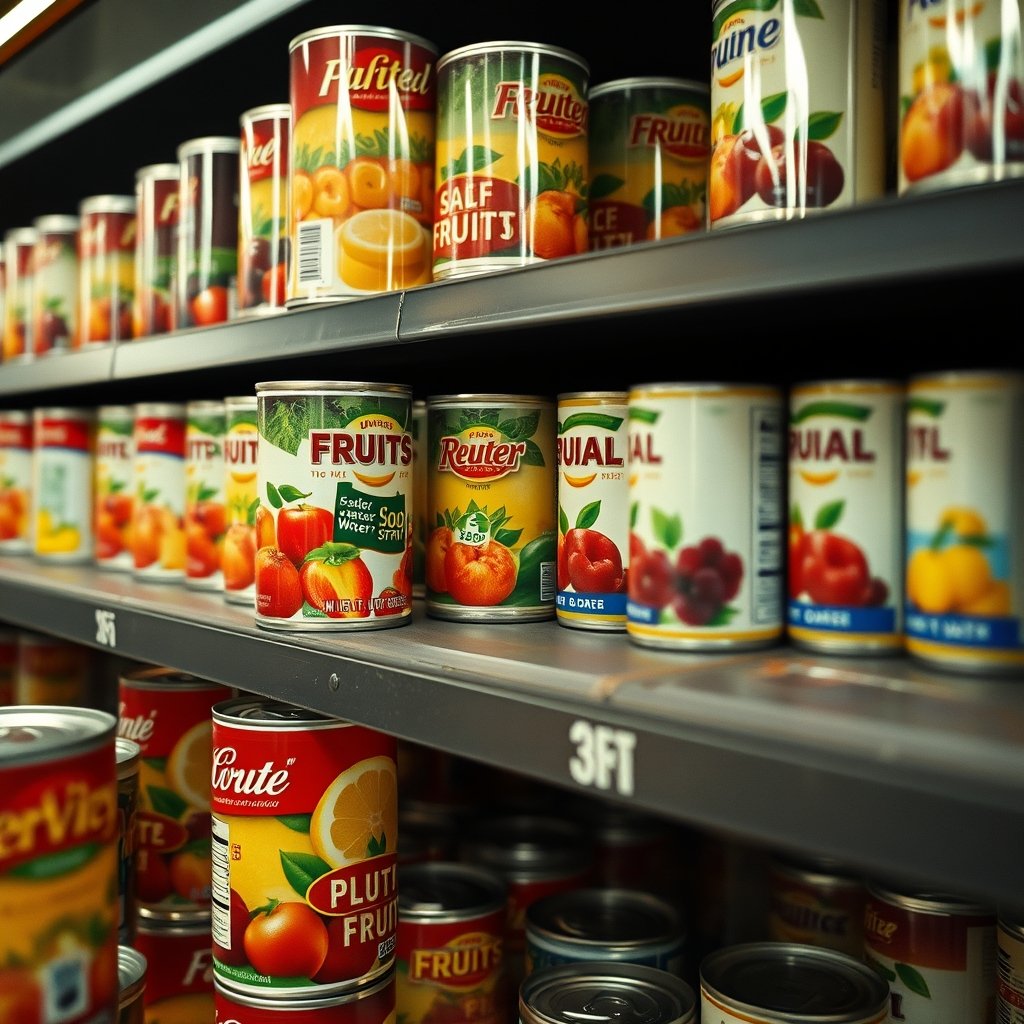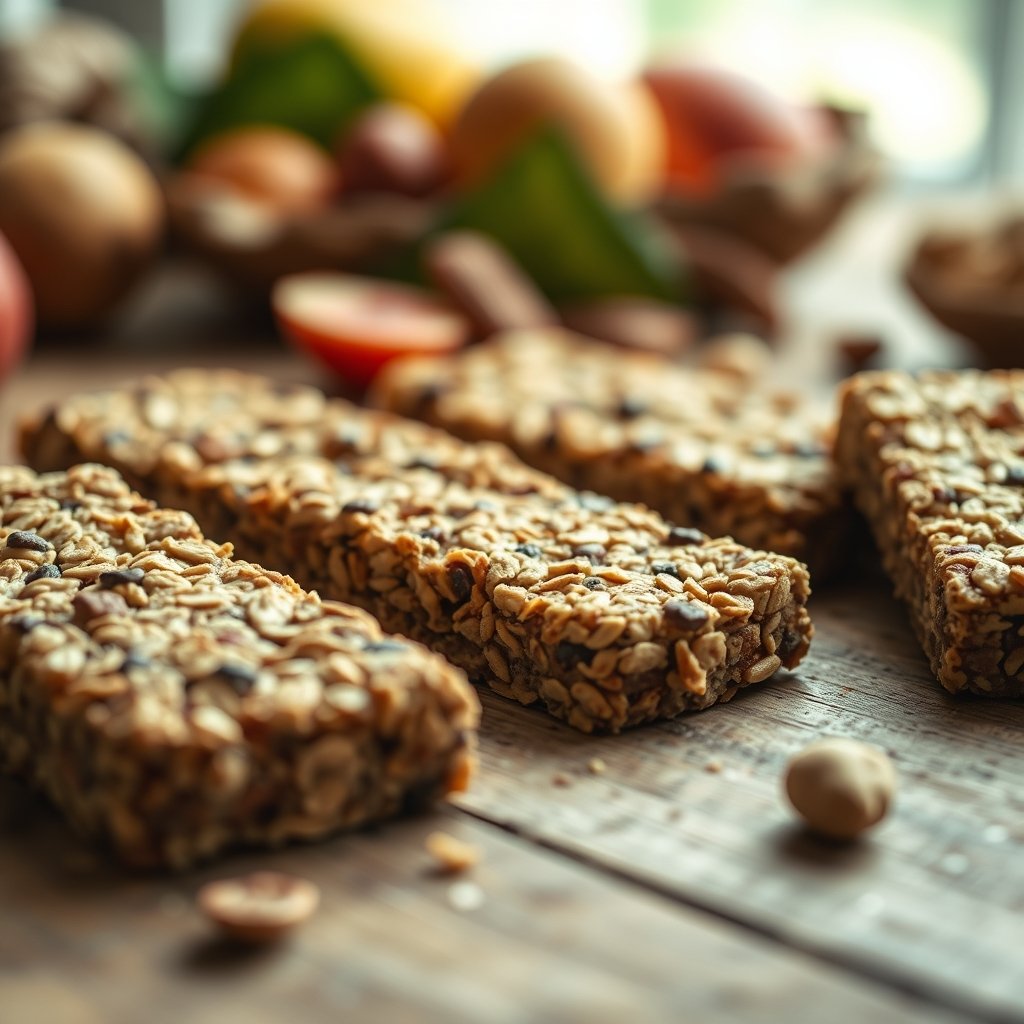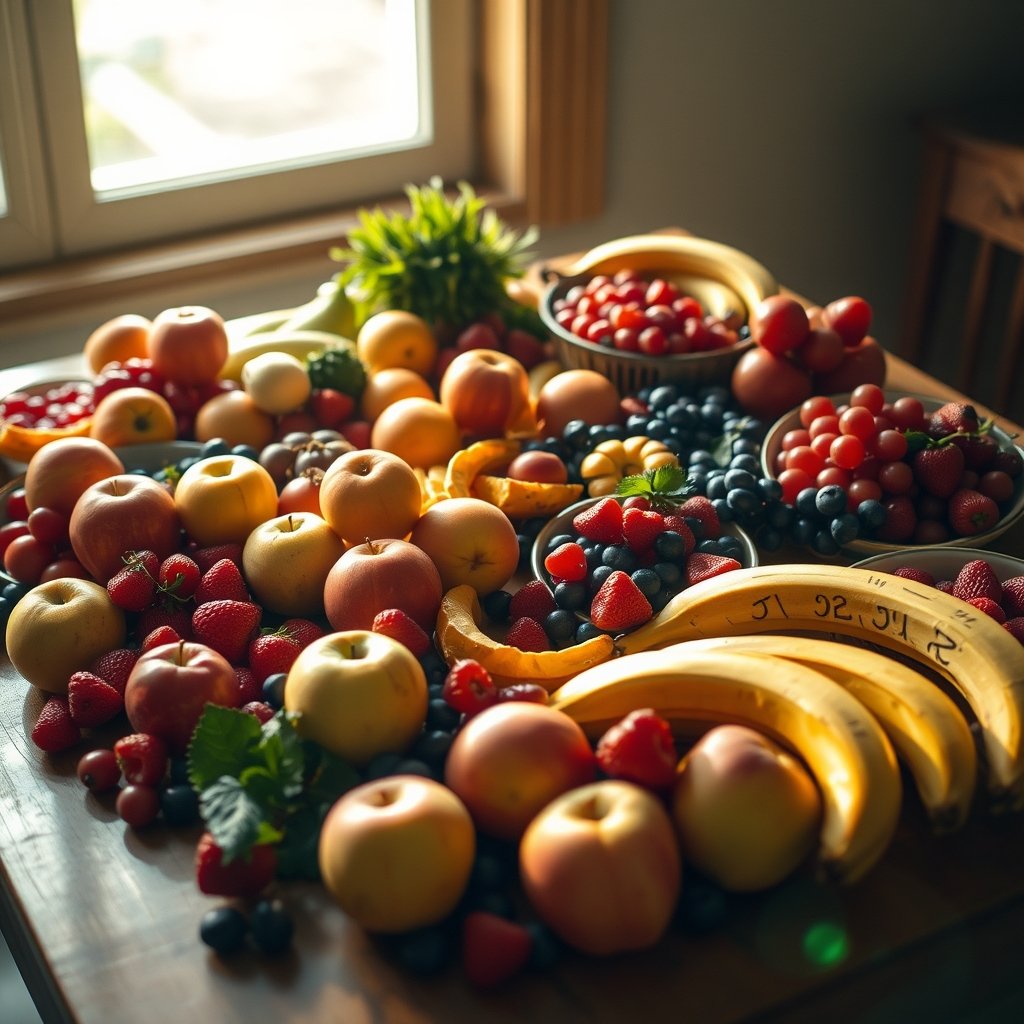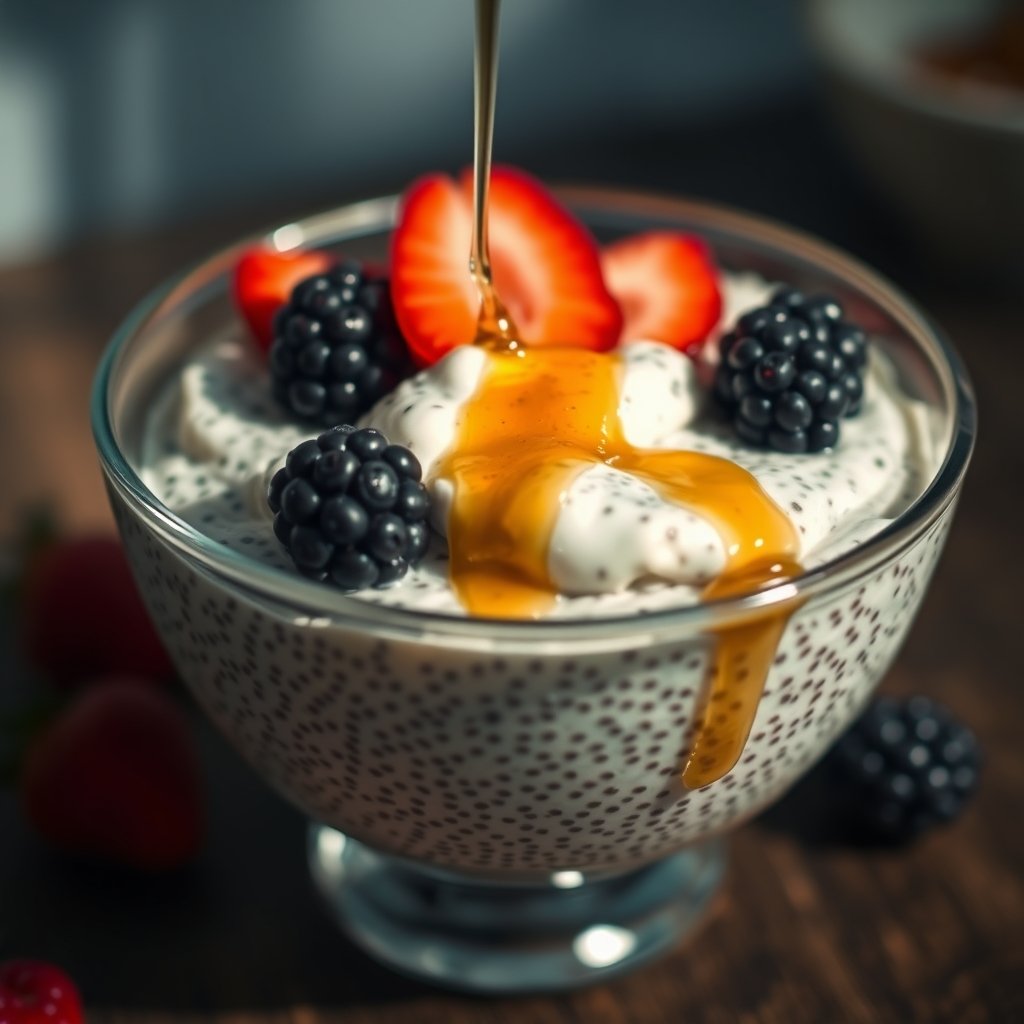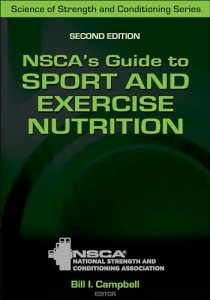Reducing sugary foods is key to maintaining a healthy diet and preventing various health issues.
Here’s a list of sugary foods you should consider limiting to promote better health:
1. Sugary Beverages
- Sodas: Regular and diet sodas often contain high levels of sugar or artificial sweeteners.
- Fruit Juices: Even 100% fruit juices can be high in sugar; opt for whole fruits instead.
- Sweetened Coffee and Tea: Creamers, sugar syrups, and whipped toppings significantly increase sugar content.
2. Candy and Sweets
- Candy Bars: Often loaded with added sugars, fats, and empty calories.
- Gummy Candies: Typically high in sugar and low in nutritional value.
- Chocolate: Check for added sugars in milk chocolate and flavored varieties.
3. Baked Goods
- Cakes and Cupcakes: High in sugar, fats, and refined flour; often topped with sugary frosting.
- Cookies: Many store-bought and homemade cookies are loaded with sugar.
- Pastries and Doughnuts: Often have excessive sugar along with unhealthy fats.
4. Breakfast Cereals
- Many commercially available cereals contain high levels of added sugar, especially those marketed to children. Look for options that are low in sugar and high in fiber.
5. Fruits in Syrup or Added Sugar
- Canned Fruits: Often packed in syrup that adds extra sugar; choose those in water or juice instead.
- Jams and Jellies: These spreads typically contain a large amount of sugar.
6. Ice Cream and Frozen Desserts
- Traditional ice creams and frozen yogurts can be high in sugars. Opt for lower-sugar alternatives or enjoy in moderation.
7. Snack Foods
- Granola Bars: Many granola bars are marketed as healthy but can be high in sugar.
- Trail Mixes: Look out for mixes with added chocolate or sweetened dried fruits.
8. Condiments and Sauces
- Ketchup and BBQ Sauce: These often contain added sugars; look for low-sugar options or alternatives.
- Salad Dressings: Many bottled dressings contain added sugars; opt for oil and vinegar or make your own.
Conclusion
Limiting sugary foods can lead to improved health outcomes, including better weight management, reduced risk of diabetes, and overall better energy levels. Opt for whole, unprocessed foods where possible, and always read labels to be aware of hidden sugars in products. If you have a sweet tooth, consider healthier alternatives like fruits, yogurt, and dark chocolate in moderation to satisfy those cravings!
When trying to reduce sugar intake or limit sugary foods, it’s essential to find healthier alternatives and habits that satisfy your cravings or meet your dietary needs without compromising your health. Here are some practical substitutions and strategies:
1. Opt for Natural Sweeteners
- Honey: Use sparingly as a natural alternative to refined sugar.
- Maple Syrup: A flavorful option that can be used in moderation.
- Stevia or Erythritol: These zero-calorie sweeteners can provide sweetness without the calories.
2. Choose Whole Fruits
- Fresh Fruits: Satisfy your sweet cravings with fresh fruits, which provide fiber, vitamins, and minerals.
- Fruit Salads: Combine a variety of fruits for a refreshing treat.
- Frozen Fruits: Great for smoothies or as toppings for oatmeal and yogurt.
3. Make Healthier Snacks
- Nuts and Seeds: These provide healthy fats and protein, keeping you full longer.
- Greek Yogurt: Opt for unsweetened yogurt and add your own fruit or honey for flavor.
- Popcorn: Air-popped popcorn is a low-calorie snack; avoid butter and caramel.
4. Explore Alternative Desserts
- Chia Pudding: Made with chia seeds, almond milk, and a bit of natural sweetener.
- Banana Ice Cream: Freeze bananas and blend them until smooth for a creamy treat.
- Dark Chocolate: Choose chocolate with at least 70% cocoa; it’s lower in sugar and has health benefits.
5. Cook from Scratch
- Homemade Baked Goods: Control the amount of sugar by reducing it in recipes or using healthier substitutes.
- Sauces and Dressings: Make your own dressings or sauces to control added sugars (e.g., vinaigrette).
6. Focus on Whole Grains
- Oatmeal: Prepare oatmeal and top it with fruits or nuts instead of sugary cereals.
- Brown Rice or Quinoa: Use these as bases for meals instead of white rice or pasta.
7. Stay Hydrated
- Water: Opt for water, herbal teas, or infused water with fruits or herbs instead of sugary beverages.
- Sparkling Water: For a fizzy alternative, try sparkling water with a slice of lemon or lime.
8. Increase Fiber and Protein Intake
- Fiber-Rich Foods: Incorporate whole grains, legumes, and vegetables into meals to keep you full and reduce sugar cravings.
- Protein Sources: Foods like eggs, lean meats, and legumes help maintain stable blood sugar levels.
9. Mindful Eating
- Portion Control: Serve smaller portions of sweets and combine them with healthier options.
- Savor Your Food: Eat slowly and enjoy every bite; this can help you feel satisfied with less.
10. Find New Habits
- Cooking and
 Meal Prep: Preparing meals in advance can help avoid the temptation of sugary snacks.
Meal Prep: Preparing meals in advance can help avoid the temptation of sugary snacks. - Healthy Recipe Swaps: Look for recipes that focus on whole foods rather than processed ingredients.
Overall conclusion
By incorporating these healthier alternatives and strategies, you can satisfy cravings, maintain energy levels, and promote a healthier lifestyle while limiting sugary foods. Transitions may be challenging at first, but with consistent practice, it will become easier to make these choices part of your routine!
Find health food alternatives here





